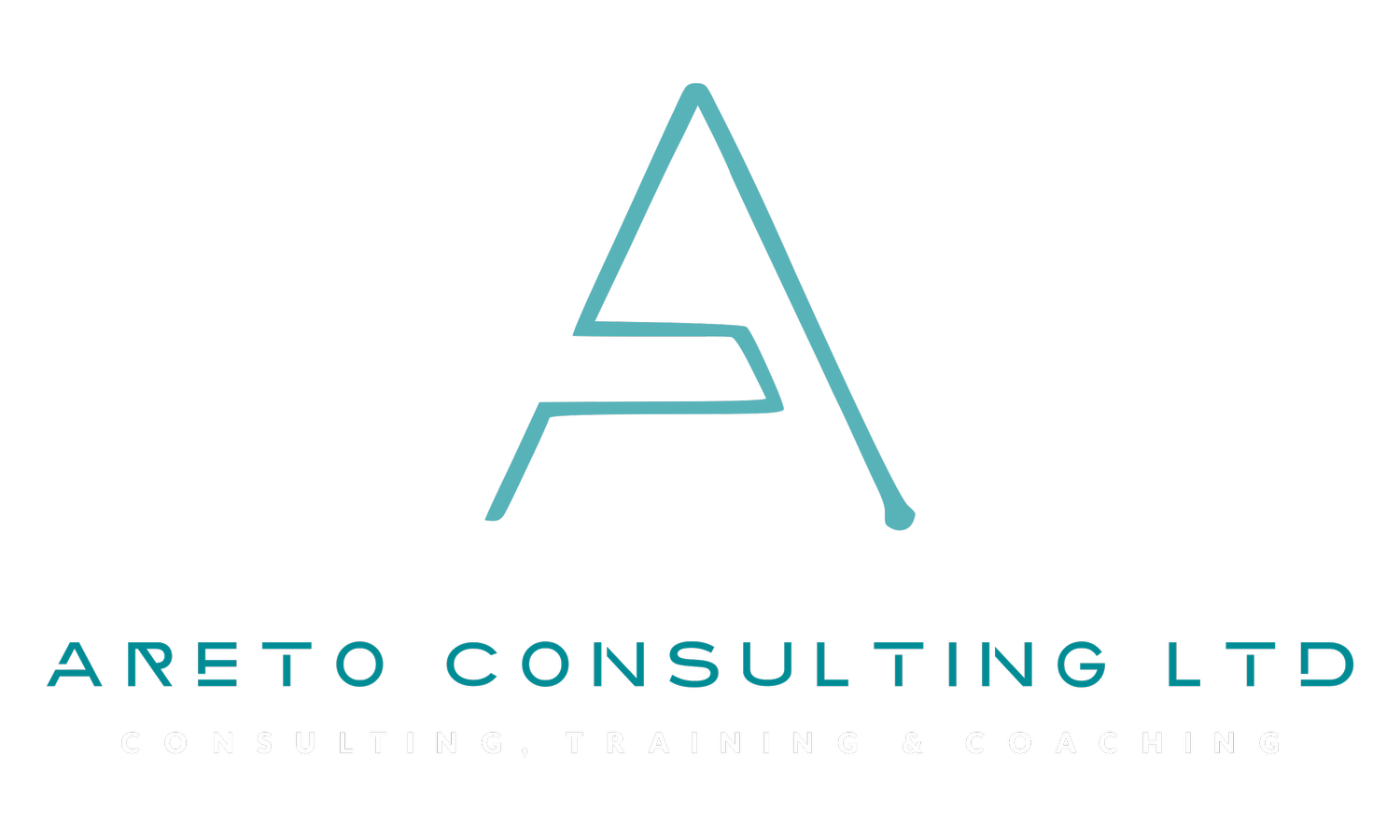Benefits, Value & Metrics
How do I define Benefits and value, and how do I measure it?
Although I'm all about Agile.. The APM website has a good reference for this.
"Benefits must be delivered to achieve value for the organisation. Value however must be created at the beginning of the project through the development of the business case and in the selection of the option to be delivered."
Benefits typically have a tangible value, ideally expressed in monetary terms to justify the investment.
In the Agile Manifesto, the first principle, highest priority is to satisfy the Customer through early and continuous delivery of valuable software. In Scrum the Product Owner is accountable for maximising the value of the product. In Project Management, Benefits and Value Management is encouraged throughout the project.
So we have to be clear about the product benefits and value.
When I work with new teams and new products, we often run a vision workshop, using the Product Vision Canvas. This helps the Product Owner, Team and Stakeholders agree the vision for the product. This canvas provides clarity at the outset of why we are doing the project, who for and their needs, the benefits to the customer AND business, the value of those benefits and how to measure it. It can then be a constant reference point.
When you are asked for a new feature... Does it meet the value model identified? If the answer is no, then there is a discussion to be had about whether that feature is more important than the things on your backlog.
Value should be revisited frequently to ensure that the project is still worth doing. Even if you have sunk costs, better to abandon a project no longer providing value, than continuing just because you have spent money.
So let's walk through the canvas. Here is an example:
We normally start with a problem statement, or a hypothesis. In this case "If we remove the declarations in paper form, then we will speed up the analysis." OR "It's taking us too long to analyse the declarations as they are all in paper form". There needs to be a problem to solve, otherwise we may be doing a vanity project.
During the workshop with the team and stakeholders, we establish who the Target Group is. Everyone that is involved in the problem. I like to create a Persona so we have some more detail of that person. For products that will be marketed that might include Market Segments and you might already have persona's from the marketing department.
Once you have your key target customers, you can start to think about what their NEEDS are. If this is a new product, you would want to interview people and use data to really get to the correct needs, without making assumptions. This could include particular pain points that you will need to solve. You might again already have data that has identified needs and prompted the product creation.
Once you have the NEEDs, you can then think about the Product/features that you would provide to satisfy those needs. This is the BENEFITS. You can rename the canvas columns if it's easier. These are the TANGIBLE things you will deliver. In this case an App, visualisation, creating and submitting applications.
These are essentially all the product features that will meet the customer needs.Each of these Benefits can be translated into a value (Business Goal on the canvas). This could be CUSTOMER Value or BUSINESS Value or both. Common values are reduced Admin time, increased efficiency, reduced costs, reduced risk, customer satisfaction, acquisition of new customers.
Then I also add a last column - METRICS.. How you will measure the value. Most things can be equated back to monetary, Net Promotor Score (NPS), reduce time to process which can equate back to money if you want to do the maths), reduced risk. I have included some examples below.
It's important that metrics have LEADING and LAGGING indicators. Waiting for quarterly metrics will lose you time in reacting to the information.Finally you can wrap everything up into a nice Vision Statement - your elevator pitch - of what you are providing and why.
Benefit, Value & Metric examples
So whose job is it to manage Benefits and Value?
This will largely depend on your organisational structure and roles.
In Scrum, normally the PO would be responsible to create the vision, ensure the product maximises value, and to make data driven decisions. The Scrum Master would support the PO and perhaps obtain the metrics to help the ongoing decision making.
In non Scrum organisations, you might find a project manager responsible for benefits management and realisation. This is still a technique than can start you on the correct path for ongoing management.
References
https://www.apm.org.uk/resources/find-a-resource/value-and-benefits/



